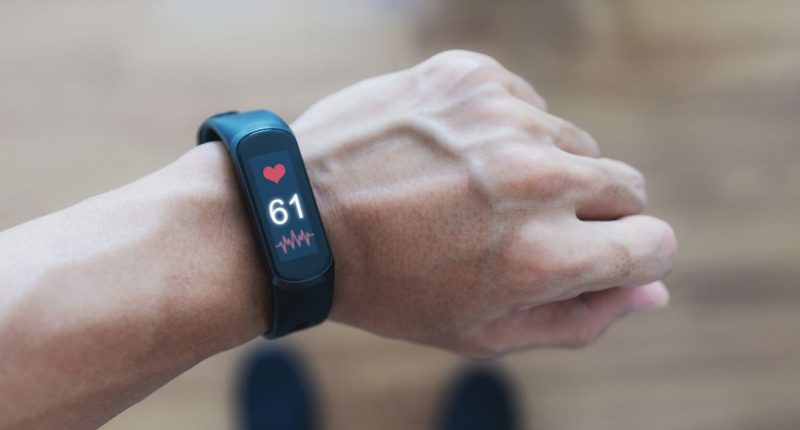Health experts have long believed that your resting heart rate can determine if you are at risk of having a heart attack, stroke or lung disease.
People with higher fitness levels are said to have a lower resting heart rate than those with lower fitness levels.
Thanks to the recent technological developments of smartwatches, we can now easily monitor our resting heart rate, with dome devices even warning you if the numbers rise above a certain level.
However, experts are now saying that activity trackers are not an ideal indictor of heart health, and that people should use them with caution.
According to the NHS, a standard resting heart rate should be between 60 and 100 beats per minute (bpm) for adults, but this can alter with age.
- Insights into inflammation and heart disease offer hope for better treatments
- High-risk heart failure phenotype in diabetes detected by AI model
- Blood test for children with obesity can flag up heart disease risk
Prior research has revealed that middle-aged men with a heart rate above 75bpm were 50% more at risk of dying in the next 20 years compared to those with a heart rate of 55bpm or less.
Optimum cardiac fitness means you have a bpm roughly between 47 and 57, the US Centers for Disease Prevention and Control (CDC) has suggested.
Data has shown that only 10% of people fit into the optimum cardiac fitness, with most of these individuals training as professional athletes.
The results have identified that men of all ages tend to have a bpm in the low 70s, but those with below average health will have a bpm in the high 70s or over 80. Meanwhile, women on average have a bpm in the mid 70s.
A bpm higher than 100 could indicate a sign of something abnormal in the body, the study has reported.
Experts said: “Individuals vary, and some people will have different ‘normal’ resting heart rates, especially if they have an existing heart condition.”
Smart devices also track heart rate variability (HRV) – a measure of the variation in time between each heartbeat.
Tracking HRV is sometimes seen just as critical as resting heart rates because it highlights the heart’s ability to respond quickly to demands placed on the body.
- Low carbohydrate diets promote heart health according to new study
- High intake of saturated fat associated with heart damage
- Daily pastry could silently harm the heart within a month
Healthy adults in their 20s have a HRV of roughly 50 to 105 milliseconds. As people age, HRV naturally declines, with those in their 60s on average having a HRV between 25-45 milliseconds.
Smart devices can provide people with inaccurate results, especially those with darker skin and tattoos on their wrists.
When the battery runs low, smart devices can also automatically turn off heart rate monitoring functions to conserve energy.
Devices can also measure target heart rate (THR) – a range of numbers that reflect how fast your heart should be beating when you exercise.
Experts said: “While not as accurate as specific medical equipment, devices that track heart rates can be useful as patients can be inspired to come to a medic for advice and any potentially concerning results can be properly investigated.”





